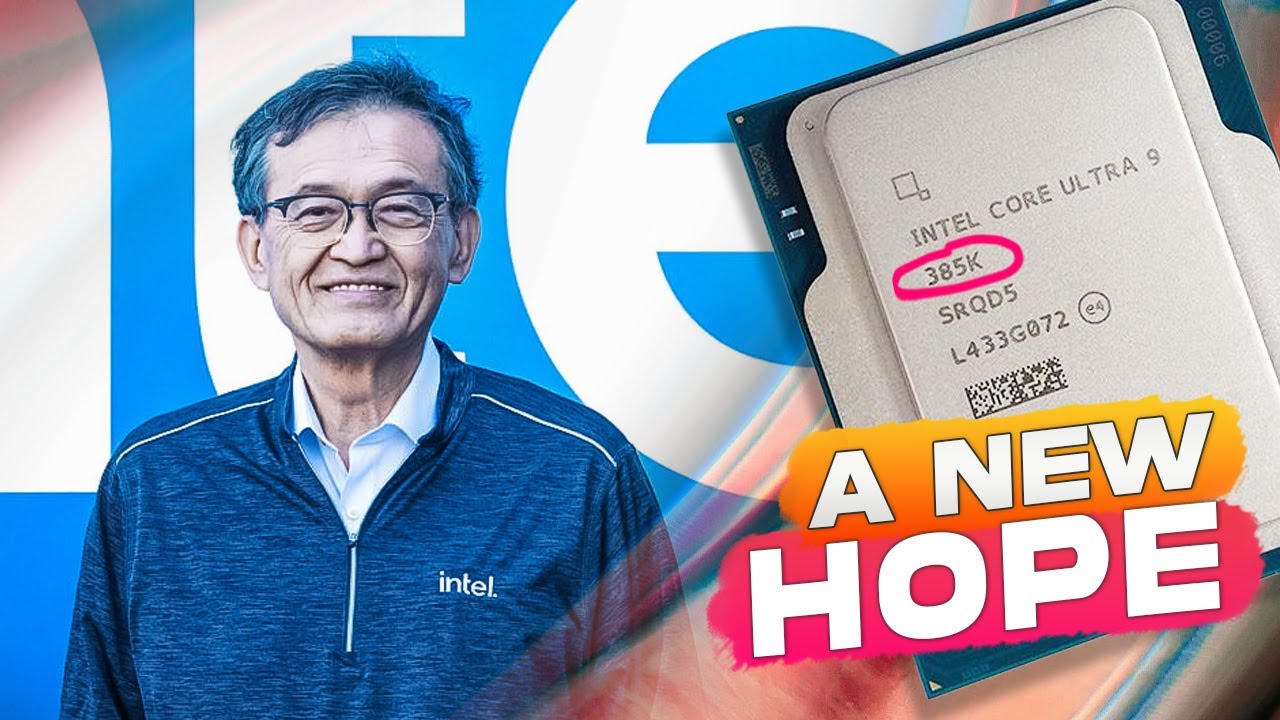In his keynote at Intel’s Vision 2025 event, new CEO Leap Bhan outlined a strategy focused on returning to the company’s engineering roots, emphasizing core businesses and innovation while hinting at potential layoffs and a shift towards purpose-built silicon. Despite cautious optimism for upcoming products like the Panther Lake CPUs, analysts remain skeptical about Intel’s ability to compete with AMD in gaming performance, suggesting that immediate advancements may be limited.
In a recent keynote at Intel’s Vision 2025 event, new CEO Leap Bhan addressed the company’s struggles and outlined a vision for a turnaround. While his presentation style lacked charisma, he focused on honesty and clarity, acknowledging past mistakes and emphasizing the need for Intel to return to its engineering roots. Bhan assured investors that Intel would concentrate on its core businesses, including both products and its Foundry services, amidst rumors of potential spin-offs or sales of non-core divisions. This indicates a significant shift in strategy that could lead to layoffs and a leaner operational structure.
Bhan’s background as an engineer, particularly in quantum physics and nuclear engineering, is expected to influence his leadership style, allowing for a focus on technological advancements. He expressed interest in areas such as photonics and new cooling solutions, aiming to foster innovation from within the company. This approach contrasts with Intel’s previous challenges, where bureaucratic barriers stifled creative ideas from engineers. The CEO’s commitment to creating a startup mentality within Intel suggests a desire to reduce inefficiencies and encourage disruptive innovations.
The keynote also hinted at a strategic pivot towards purpose-built silicon, following a model similar to AMD’s custom chip approach. This could involve modular parts tailored to client needs, potentially increasing Intel’s business with major players like Microsoft and Sony. However, the presentation left some ambiguity regarding the immediate product roadmap, particularly concerning the Panther Lake CPU series, which is expected to launch soon but may not significantly outperform AMD’s offerings in gaming.
Bhan’s comments on the Panther Lake CPUs revealed a cautious optimism, but analysts expressed doubts about their competitiveness in gaming. While Intel’s current flagship, the 285K, performs well in multi-threaded tasks, it lags behind AMD in gaming performance. The upcoming 300 series is anticipated to maintain solid productivity capabilities, but expectations for gaming advancements are tempered, suggesting that Intel may not reclaim its previous dominance in that sector.
Overall, while Bhan’s vision for Intel is grounded in a long-term strategy that seeks to streamline operations and enhance innovation, the company faces immediate challenges in a competitive market. AMD continues to gain market share, and Intel’s focus on custom silicon and efficiency-driven products may take time to materialize. In the interim, PC enthusiasts are advised to consider upgrades in peripherals rather than CPUs or GPUs, as the market may not see significant new offerings for some time.
